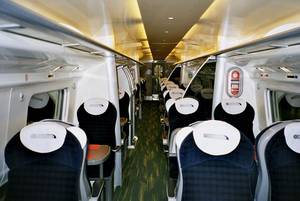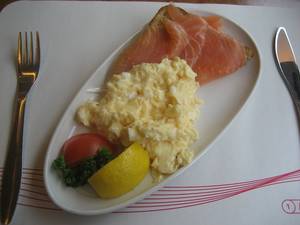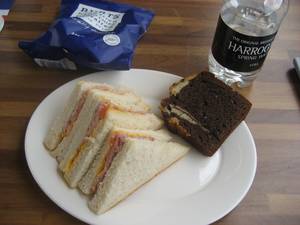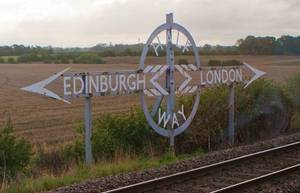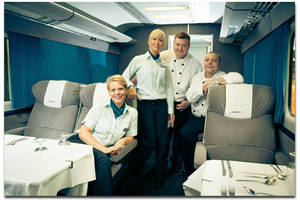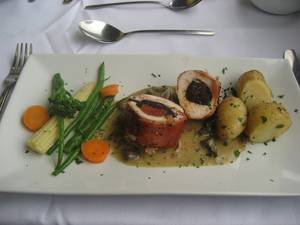The 13:30 departure to Belgrade, the EuroCity train Avala, stands at platform 7 of Budapest’s Keleti station. This is a “real” international train – the way international trains used to be – a proper locomotive and coaches, crossing borders and changing locomotives and train staff en route. It has started its journey in Prague, and, with an Agatha Christie-style frisson of intrigue, the daily sleeping-car from Moscow to Belgrade is shunted on to the front of the train. Net curtains covering the lower half of the compartment windows are drawn, protecting the occupants from prying eyes. This coach has arrived in Budapest a couple of hours previously as part of another international express train – the Tisza – after a 36-hour journey from Moscow via the Ukrainian capital, Kiev.
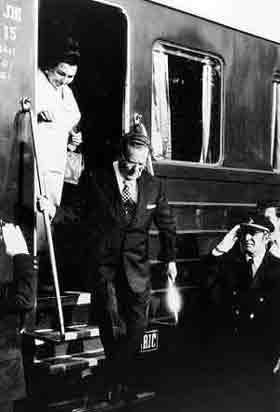
The train leaves on time, trundling around the south-eastern suburbs of Budapest, and stops very briefly at the little-used station of Ferencváros. It then bears almost due south, quickly leaving the conurbation behind, and makes its way gently through low, flat lands along the single-track line. This is the western fringe of the Great Hungarian Plain, and it is characterised by mixed-crop fields interspersed with the occasional small settlement. Indeed, the few stops that the train makes are at large, sleepy villages rather than bustling towns; their names – Kunszentmiklós, Szabadszállás, Kiskunhalas – hardly tripping off the tongue. On this glorious day in May, the languid pace of the train and the gently swaying crops under the cornflower-blue, cloudless sky seemingly anticipate long, hot summer days to come.
This route was followed by the original Orient Express, and indeed for a long time was a major gateway to the south-east of Europe. Twenty years ago, there were still five international express trains in each direction, including one to Athens and two to Istanbul. Nowadays, there are only two trains a day from Budapest to Belgrade: this daytime train, which starts from and returns to Prague, and the night train Beograd. In the summer months, EuroCity Avala takes on a grander role with the addition, on certain days of the week, of through overnight coaches to the coastal town of Bar (in Montenegro) and the Macedonian capital, Skopje. [Update: The through coaches to and from Bar will not run in the 2014 summer season because of serious flood damage in Serbia.]
Since the train leaves Budapest at lunch-time, the best place to start the journey is in the restaurant car. And as befits an international express, this is a proper restaurant car with a chef, kitchen – rather than a microwave oven – and appropriately-dressed tables. The menu looks interesting, but the prices seem a bit too good to be true. Each column on the menu only shows “Happy Hour” prices, but it seems that on this train, happy hour lasts for the whole journey. A main course of fried chicken steak and potatoes, with a glass of wine, followed by a dessert of honey-cake and a coffee costs just over €10. On this Saturday journey, the restaurant car was hardly being used; easy to linger there until being politely but firmly chivvied out by the Czech attendant just before the border with Serbia.
The train reaches Kelebia, the Hungarian frontier town, and a small army of border police and customs officials board the train. The train is scheduled to stop here for about 30 minutes, as a thorough passport and customs checked is carried out. This is, after all, a border of the European Union, and the process is taken very seriously. (On the return journey, the Hungarian customs men board with a step-ladder and an electric drill. There have been occasions in the past when contraband has been concealed in light-fittings and air-conditioning vents).
The train is locked and then proceeds the 12 kilometres or so to the Serbian border town of Subotica. The border itself is crossed some 4 kilometres after leaving Kelebia, but it is not readily noticeable. At Subotica, the train comes to a halt and the performance is repeated, with Serbian officials now carrying out the checks. Western passports seem to elicit more attention than local travel documents, but few questions are asked. Again the train stops for about half-an-hour, the locomotive is changed, then the officials leave and the train moves forward into the station proper, where it stops for a few more minutes to pick up local passengers. The whole procedure – from arriving at the Hungarian border station to leaving the Serbian border station – has taken about 70 minutes.
If the pace of the train in Hungary was relaxed, its movement through Serbia becomes decidedly pedestrian. The first stop after is Kelebia is Bačka Topola, 36 kilometres down the line. Although the route is as flat as a pancake and nearly dead straight, the journey, at an average speed of under 40 km/hour, is scheduled to take 55 minutes. In less than this time, a German ICE train will convey you a cool 170 kilometres from Cologne to Frankfurt Airport. Even Stephenson’s Rocket – the world’s first serious steam locomotive – could reach up to 45 km/hour.
The EuroCity brand was introduced in the late 1980s to promote flagship international trains of some repute, which had to meet certain standards. One of these was the requirement to maintain a minimum average speed of 90 km/hour, except in mountainous terrain. With the advent of high-speed trains in the 1990s and later, such as France’s TGV and Germany’s ICE, the EuroCity brand has diminished in significance and, evidently, standards have slipped.
Not every rail line can be high-speed, but clearly Serbia’s rail network is desperately in need of investment and upgrading. From Subotica to Novi Sad, Serbia’s second city, it takes 133 minutes to cover 110 kilometres. The train then continues onwards for another hour or so to Belgrade, but the journey for Blue Guides ends here, in this delightful town with a compact but buzzing historic centre.
Travelwise
Fares between Budapest and Serbia are very reasonable. The Beograd-Spezial ticket (second class only) costs €15 one way and €26 round-trip (return within one month) from Budapest to Belgrade, not including optional reservations. The journey must be made, without break, on either of the two through trains indicated above. Supplements on the night train for couchettes and sleepers are extra but very cheap – from €6 per person for a couchette in a 6-berth compartment to €18 per person in a 2-berth sleeper compartment.
For other Serbian destinations, discounted one-way and round-trip (again, return within one month) tickets are available both in second and first class, and these tickets allow break-of-journey en route if desired. For example, Budapest to Novi Sad is €25 round-trip in second class or €37 in first, and Budapest to Belgrade is €48.80 in first class. The Czech restaurant car on EuroCity Avala is highly recommended, although, as noted, it will close for up to an hour during the Hungary/Serbia border controls.
Tickets can be booked on-line on the MAV website, but they can only be collected from internet ticketing terminals at major stations in Hungary.
For accommodation in Novi Sad, the Hotel Centar****, adjacent to the historic centre, is modern but pleasantly designed and reasonably priced; rooms are spacious and comfortable, and service friendly.
May 2014







